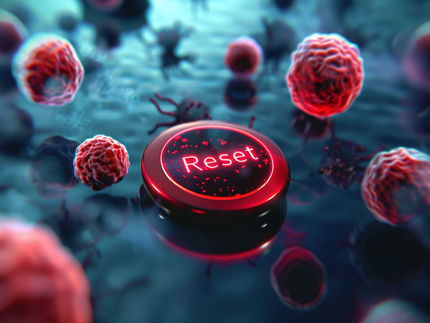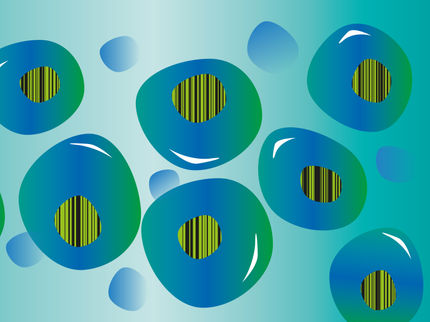UF researchers find chemical signals that initiate the body’s immune response
Advertisement
University of Florida researchers have identified two key steps required to activate the body’s innate immune system, its first line of defense against infection. The discoveries offer insight into why some trauma patients survive their initial injuries but die from seemingly less serious causes soon afterward.
“We’re able to bring them through the trauma with an 80 percent or higher success rate, and then after a few weeks in the hospital they succumb to secondary infections, like pneumonia and urinary tract infections,” said Matthew Delano, M.D., Ph.D., a UF surgical resident.
Researchers, including Delano and Lyle Moldawer, Ph.D., a professor and vice chairman of research in UF’s department of surgery, say understanding the chemical signals that help direct immunity may lead to improved therapies for patients with suppressed immune systems, such as those with critical injuries, HIV and cancer, who need extra help fighting infections.
In an article published in the Journal of Experimental Medicine, the scientists describe how B cells, a specific type of white blood cell, release a chemical called CXCL10 to trigger inflammation and the deployment of cells designed to fight any pathogens or foreign matter.
Previously, B cells were thought to be involved only in the body’s adaptive immune response, which recognizes invaders, proliferates and responds more effectively to subsequent encounters. The innate immune response is more generic and wasn’t thought to convey any long-lasting immunity to specific threats.
“What we showed, which is actually quite revolutionary, is that B cells modulate the early innate immune response,” Moldawer said.
In a separate study published in the Journal of Immunology, researchers identified a protein called stromal cell-derived factor 1, known as SDF-1, that directs the release of neutrophils, another type of white blood cell, from the bone marrow to the site of infection. Neutrophils will attack any pathogen and are one of the body’s first weapons used to fight infection.
Bone marrow usually makes SDF-1, but stops production when an infection begins. Tissues at the infection site start making the protein instead, and neutrophils migrate to the areas with the highest concentrations of SDF-1. Once there, they battle the invading pathogens.
“If we block this increase (in SDF-1 in the infected area), then we don’t see a mobilization,” Moldawer said. “The neutrophils are not recruited to the site of infection and the infection can’t be controlled.”
The identification of SDF-1 and of CXCL10 in activating the body’s innate immune response could pave the way for medicines that stimulate innate immunity in immune-suppressed patients.






















































